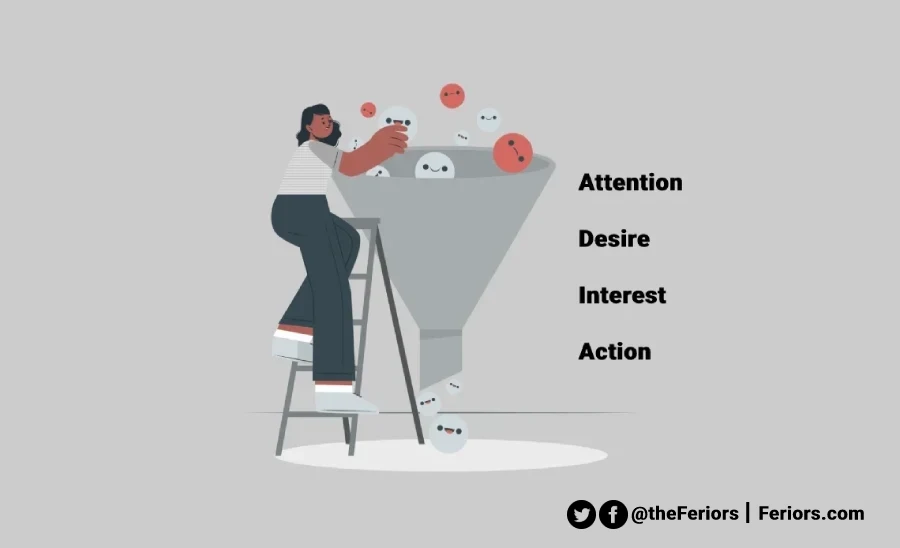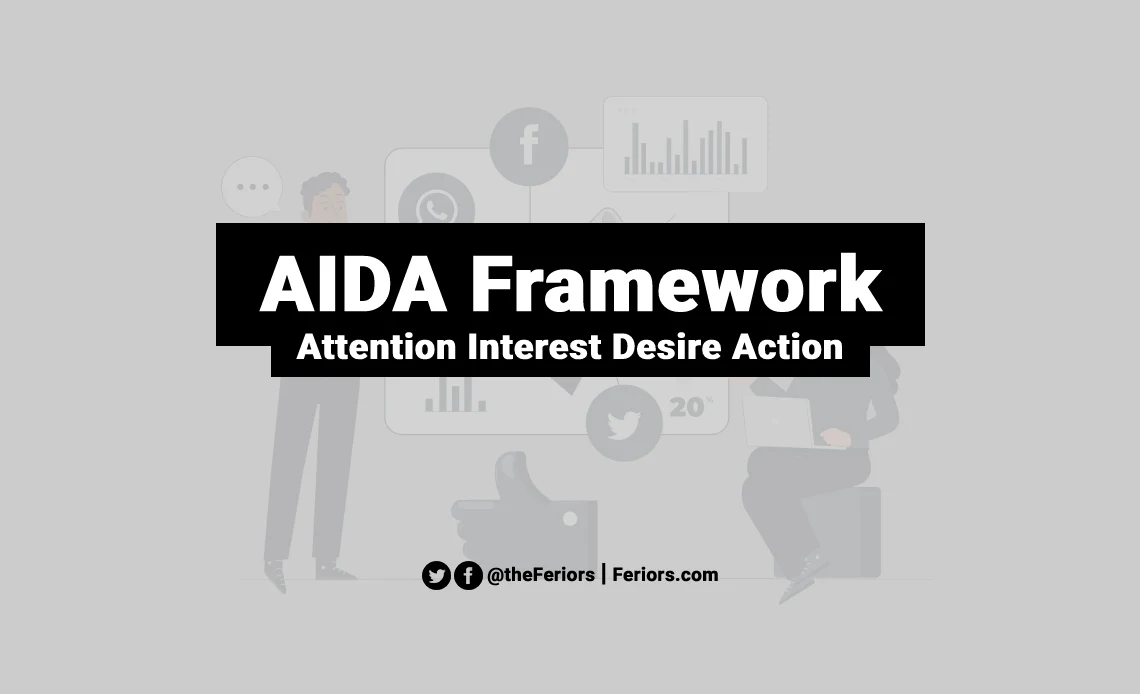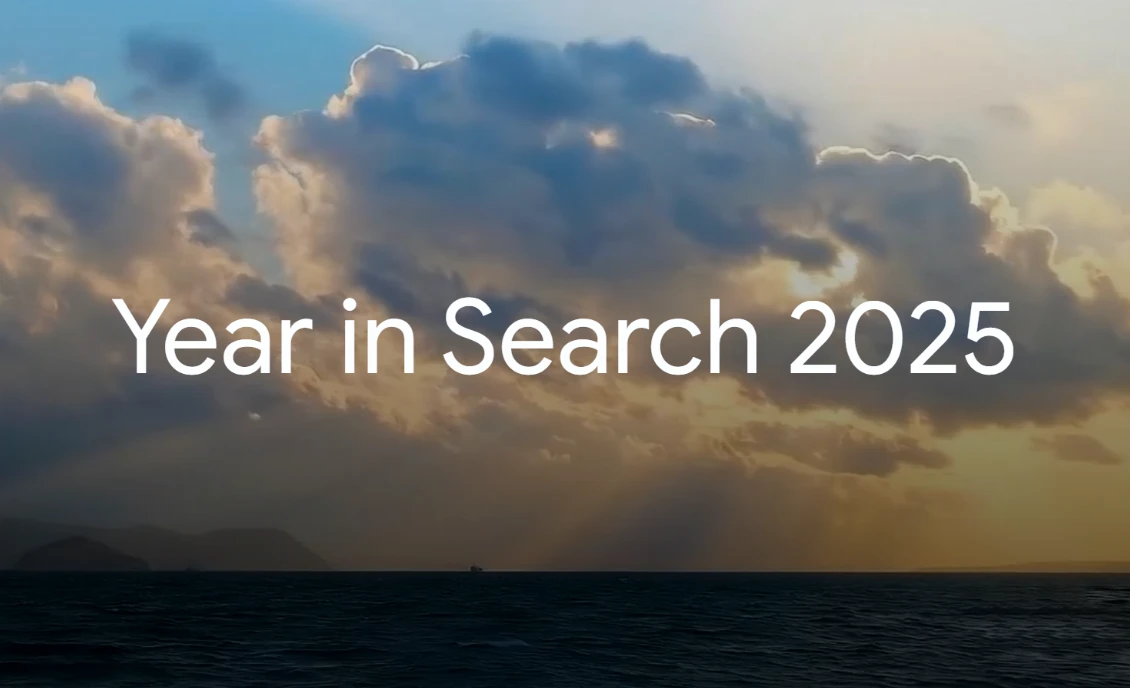What is AIDA Model in Marketing?
AIDA is a marketing framework that describes the four stages the customer goes through when engaging with a product or service. AIDA is an acronym that stands for Attention, Interest, Desire, and Action.
The AIDA marketing framework provides helpful insight for understanding how customers engage with products or services, and it can be used to develop effective marketing strategies that guide customers through each stage of the buying process.
- Attention is to grab the customer’s attention.
- Interest is making customers interested in a product by providing additional information.
- Desire is to create a desire for the product or service in the customer’s mind.
- Action is to get the customer to take action and make a purchase.
As you can see, AIDA marketing helps you to understand a gradual decrease in the number of potential customers at each step as the inverted pyramid below which is called the AIDA model funnel.

This is because not all customers who show interest in the product will ultimately make a purchase. Additionally, some customers may lose interest in further learning about the product once they have sufficient information. This results in a decrease in the number of customers at each stage of AIDA marketing.
Attention
The AIDA marketing framework starts with “Attention”.
Attention refers to the first stage of the buying process where a marketer’s goal is to capture the customer’s attention and create awareness about their product or service. During the Attention stage, marketers aim to make their target audience aware of their brand and to stand out from the competition.
Marketers typically use attention-grabbing tactics such as bright colors, bold text, catchy slogans, or compelling visuals to capture the customer’s attention and generate interest through advertising, marketing campaigns, or other promotional activities that aim to create awareness and draw attention to the product or service.
Marketing strategies that can be used to grab attention include:
- TV ads that use bright colors, catchy jingles, or bold text to grab the viewer’s attention.
- Social media ads that use eye-catching visuals or animations to stop users from scrolling past.
- Eye-catching billboards or banners.
- Creative and engaging social media posts.
The Attention stage of the AIDA marketing framework is critical for marketers because it sets the foundation for the rest of the buying process. If they can successfully capture the customer’s attention and generate interest, they are more likely to guide them through the rest of the AIDA stages and ultimately convert them into paying customers.
This is like a customer who walks through a store and finds it so intriguing that they are compelled to turn around and explore it further.
Interest
Once you’ve got the customer’s attention, the next stage is to generate interest in the product or service.
Interest in the AIDA marketing framework is the second stage of the buying process where a marketer’s goal is to generate interest and build a connection with the customer. In the Interest stage, marketers aim to provide more information about their product and to address the customer’s needs and pain points.
Marketers typically use persuasive and compelling messaging to convince the customer that their product or service can solve their problems or fulfill their needs. The strategies that can be used to generate interest include:
- A product demo that highlights the features and benefits of a new smartphone model.
- An influencer review that explains why a particular makeup product is better than its competitors.
- Educational blog posts or articles.
- Informative product videos or demos.
- Free trials or samples.
The Interest stage is critical for marketers because it helps them build a relationship with the customer and move them closer to making a purchase. If the marketer successfully generates interest and provides valuable information, they are more likely to guide the customer through the remaining AIDA stages and ultimately convert them into paying customers.
Desire
Desire is the third stage of the AIDA marketing framework, the goal is to create “Desire” for the product or service in the customer’s mind. This can be achieved by showcasing how the product or service can fulfill a customer’s needs, wants, or desires, and by building an emotional connection with the customer.
Marketing strategies that can be used to create desire include:
- A luxury car commercial that showcases the vehicle’s premium features and appeals to the viewer’s desire for status and luxury.
- A food ad that shows a delicious meal being prepared appeals to the viewer’s desire for a tasty and satisfying meal.
- Testimonials or case studies from satisfied customers.
- Personalized messaging based on the customer’s needs and preferences.
The Desire stage is critical for marketers because it helps them create a strong connection with the customer and convince them that their product or service is worth buying. If they can successfully create desire and showcase the benefits of their product or service, they are more likely to guide the customer through the final AIDA stage and convert them into paying customers.
Action
The AIDA marketing framework is aimed at the customer’s “Action”.
In the AIDA model of marketing, “Action” is the final stage of the buying process where a marketer’s goal is to motivate the customer to take a specific action, such as making a purchase or requesting more information.
During the Action stage, marketers aim to provide a clear and compelling call-to-action (CTA) that encourages the customer to take the next step. They typically use persuasive messaging and provide a sense of urgency to motivate the customer to act quickly, such as:
- A limited-time discount offer that encourages customers to make a purchase before the offer expires.
- A call-to-action button on a website that prompts users to sign up for a newsletter or make a purchase.
- Free trials or samples with an option to upgrade to a paid version.
- Urgency messaging such as “Buy Now” or “Limited Time Offer”.
The Action stage is critical for marketers because it’s where the customer finally makes a decision to either buy or not buy the product or service. If they can successfully motivate action and provide a clear and compelling CTA, they are more likely to convert the customer into a paying customer.
Why do Marketers Need to Understand the AIDA Model?
Create targeted and relevant advertising campaigns: By understanding the specific needs, interests, and desires of their target audience, marketers can create advertising campaigns that grab their attention, generate interest, create desire, and ultimately drive action.
Develop persuasive and compelling messaging: Marketers can use the AIDA model to create persuasive and compelling messaging that speaks directly to their audience’s needs and desires. By highlighting the unique features, benefits, and advantages of their product or service, marketers can create a strong desire in their audience to make a purchase.
Optimize their marketing funnel: The AIDA model can help marketers identify potential weaknesses or roadblocks in their marketing funnel and optimize it for maximum efficiency. By understanding where customers drop off or lose interest, marketers can make necessary changes to keep them engaged and ultimately drive more sales.



